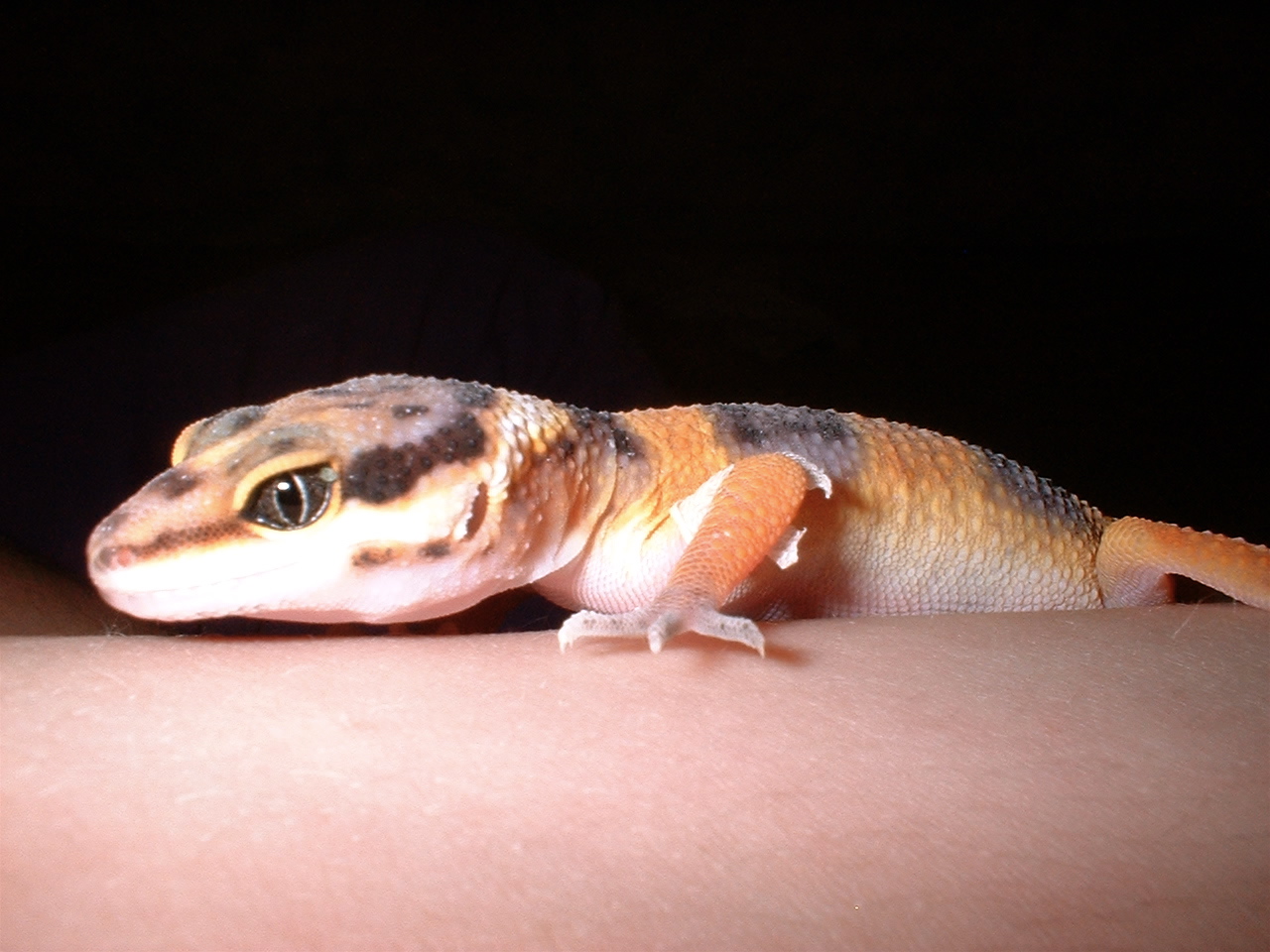3 Easy Steps to Set Up Your Appointment
- Fill out the form.
- We will call you within one business day to confirm.
- Show up and receive topnotch care for your pet.
If you need to change your appointment, give us a call at least 24 hours before your scheduled time.
Important Note:
Do not use the appointment form in case of an emergency. Call or visit us right away.
If your pet has a medical emergency, please telephone us immediately at 914-941-4904 to schedule an appointment. Our dedicated team of veterinarians and technicians are available around the clock to provide expert care for your pet.
PLEASE CALL FOR AVAILABILITY. APPOINTMENTS ARE REQUIRED, EVEN IN THE CASE OF AN EMERGENCY.
Our address is: 513 North State Rd. Briarcliff Manor, NY 10510
Click here for directions to our location.

Caring for your Leopard Gecko
Reptiles are one of the most interesting creatures of our time, and they are a great pet choice when taken care of properly. More specifically, Leopard Geckos are one of the most popular breeds for a beginner reptile keeper. These geckos have a special temperament; they’re extremely docile, easy to care for and don’t require a large living area. There are a few basics we’d like to share to ensure that your Leopard Gecko is given the best care.
LIVING SPACE
Caging: The cage your Leopard Gecko will be kept in doesn’t have to be huge, but it should provide enough room for them to move about. For example, one or two adult leopard geckos can live comfortably in a 10-gallon aquarium. Thinking of having multiples? Multiple females can be caged together, but only if they’re the same size. Mature males, on the other hand, are extremely territorial and will fight if caged together.
Cage Liner: The aquarium the gecko is kept in can be lined with sand or synthetic terrarium carpet. The carpet is a great option for young geckos and easy cleanings, as it can be washed by hand and droppings can be removed from the cage without the mess that comes with sand. When using sand as a liner, it’s important to consider the size of the sand granules. The sand grain size should be fine (.5 mm or less) just in case the gecko inevitably ingests the sand while feeding.
Temperature: Reptiles require a varied temperature in their living area. Occasionally your Leopard Gecko will need to warm up, and other times they’ll want to cool down. The best way to offer them a gradient temperature is by designating one side of their cage as the heated area with an under-the-tank heater. It’s best to use some sort of thermometer to monitor the temperature of the cage, and never allow it to exceed 90 degrees F. Please note that during the day, your gecko will not require a basking (heat) lamp, as they prefer to hide out in a dark hiding spot away from light. Maintaining the temperature of your gecko’s habitat should be taken care of with the under-the-tank heating pad alone. (Steer clear of electric heating rocks, as they can actually get too hot and burn your gecko.)
Shelter/Hibernation: As mentioned, your gecko loves to hide out during the daytime, and you should provide a safe hiding place in their tank. Your local pet store should have ample options for shelter, but it’s important that you include a hideaway on the warm side and the cool side of the tank.
NUTRITION
Water: Water is vital to a gecko’s existence, however tap water must be treated with a few drops of water conditioner before being offered to your little reptile. The conditioner acts as a neutralizer against harmful chlorine and heavy metals that can be found in our drinking water.
Food: For food, the best options are feeding your leopard gecko live crickets or mealworms. While crickets are more stimulating for your leopard gecko, if bought in bulk, they’ll need to be fed to stay alive. With that comes chirping, so if you’re sensitive to sounds, you may be more interested in mealworms. Mealworms are much less active, and the odds of them escaping like crickets do is highly unlikely. Mealworms also are easy to buy in bulk because they can be refrigerated for weeks without worry. At any rate, you should only feed a gecko what they can eat in 10-15 minutes; anything more than that is likely too much.
Nutrients: Whether you feed your leopard gecko mealworms or crickets, you’ll want to maintain your gecko’s health by making sure they’re getting enough calcium. Calcium powder can be purchased at your local pet store, and it’s best given to your lizard via the shake method. Dusting your Leopard Gecko’s food with the powder before feeding is a common way to ensure they get enough calcium with their diet. Dusting the gecko’s meal at least once a week is a good rule of thumb.
Are you ready to care for a pet gecko? Please contact Veterinary Village Animal Hospital at 914.941.4904 with any additional questions or concerns about your reptile. Our staff is trained to help.
